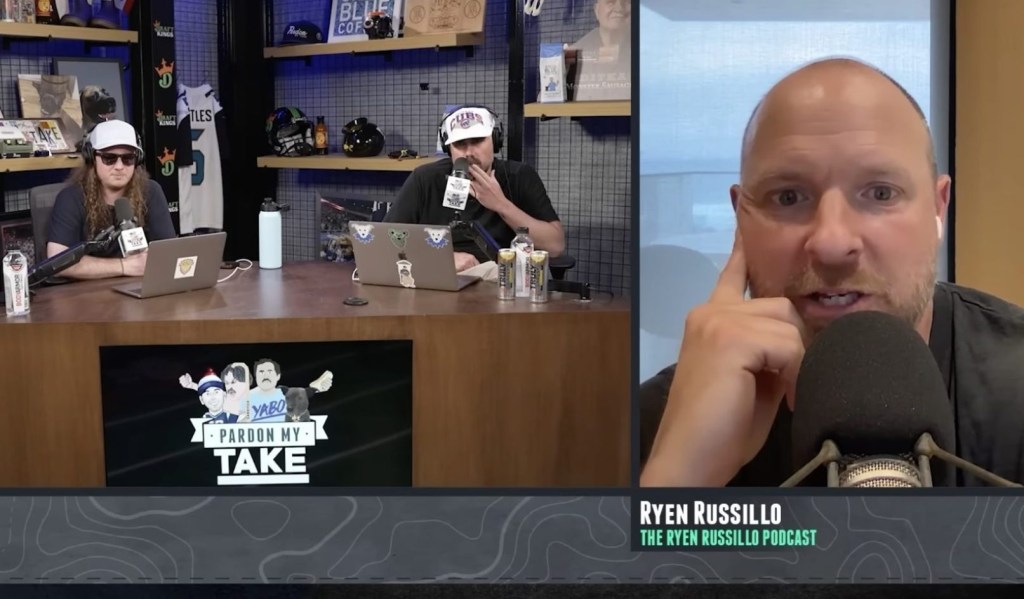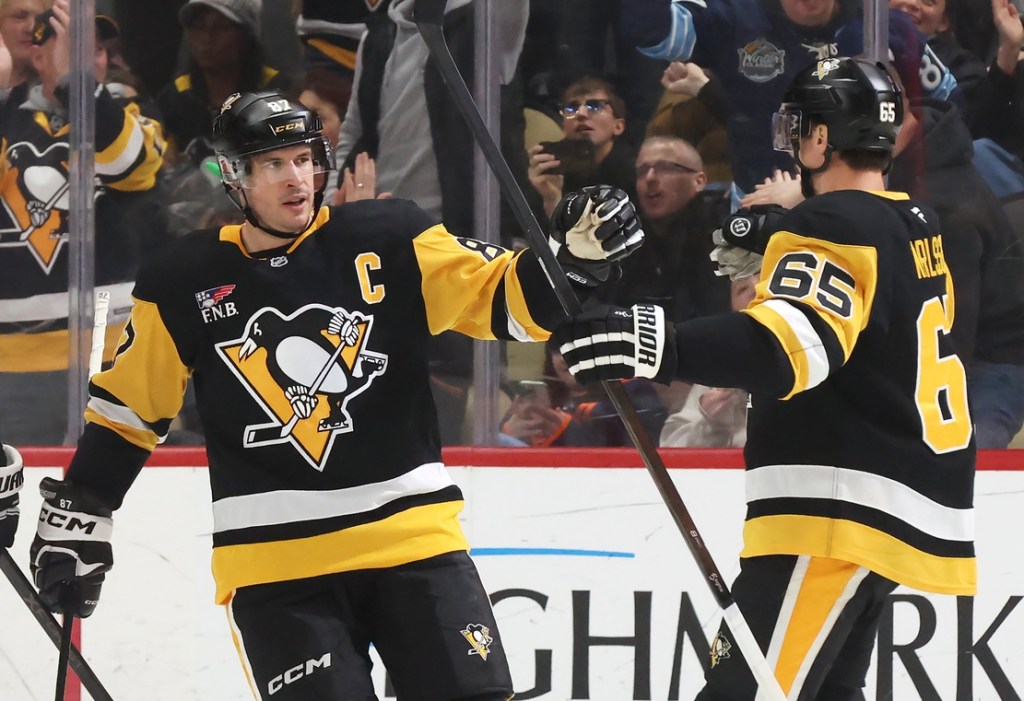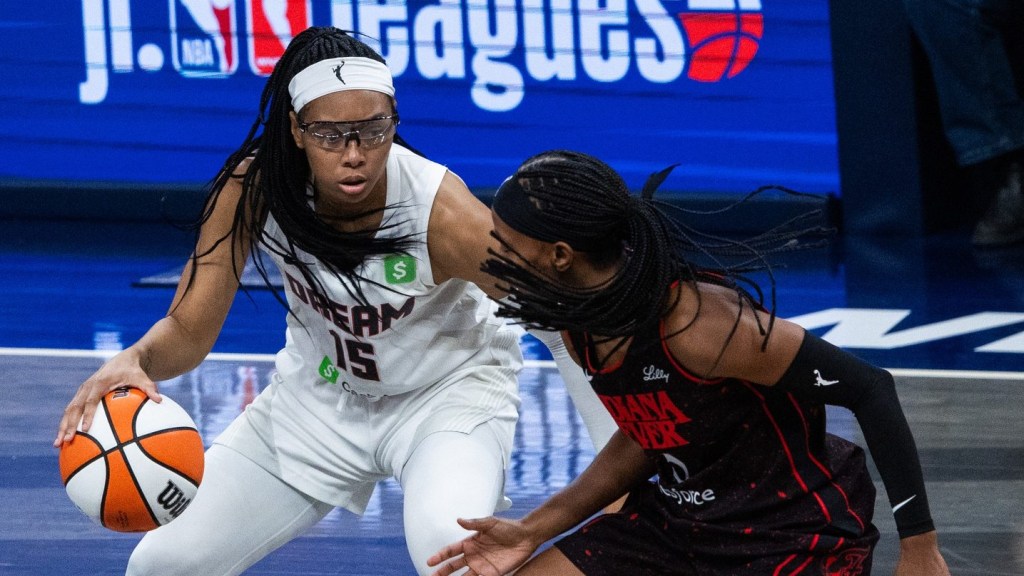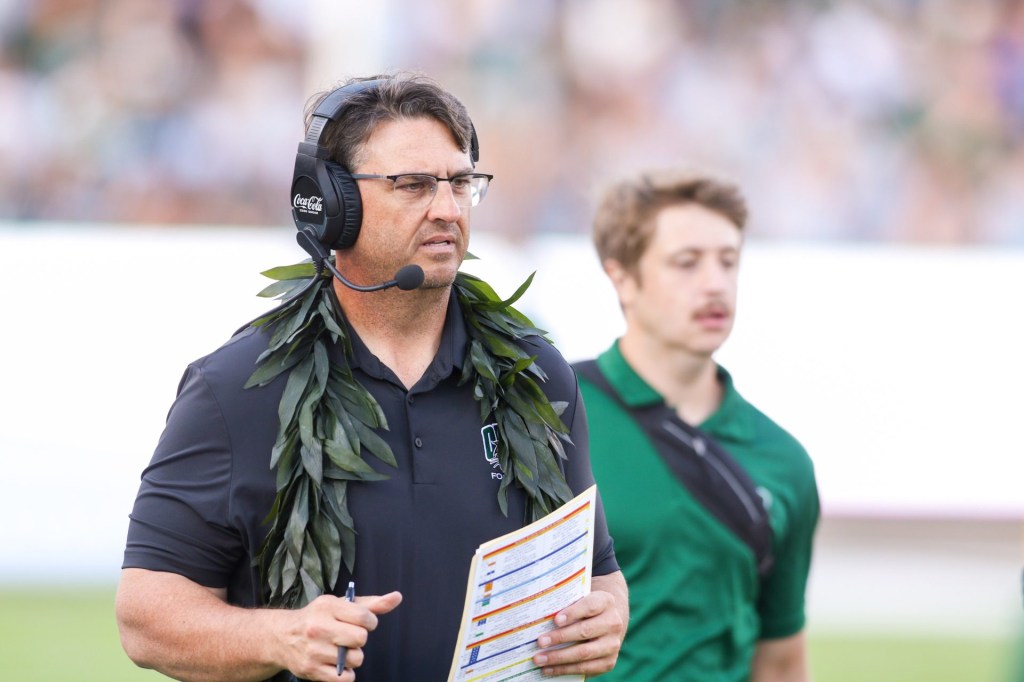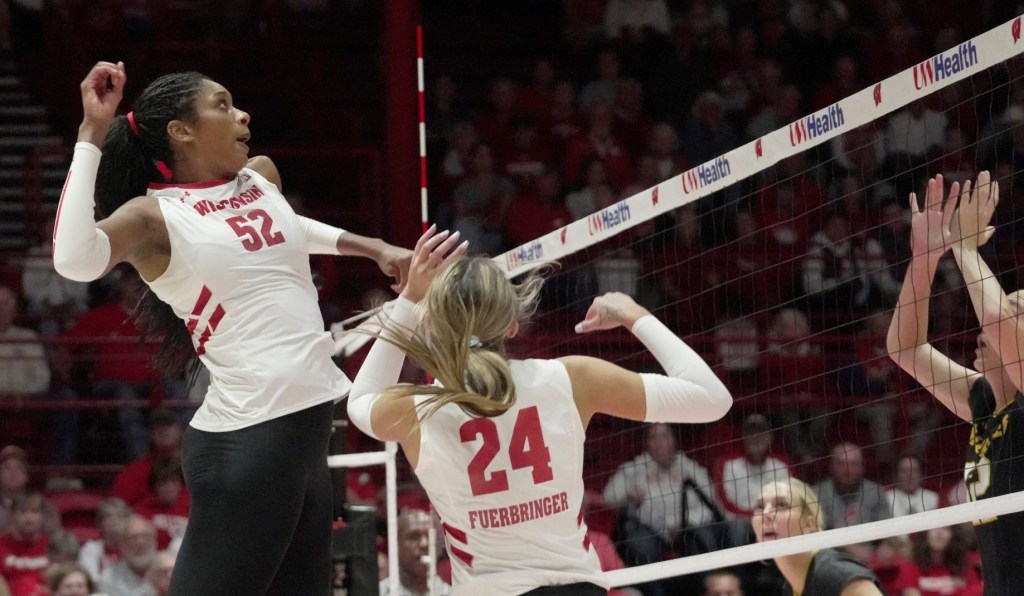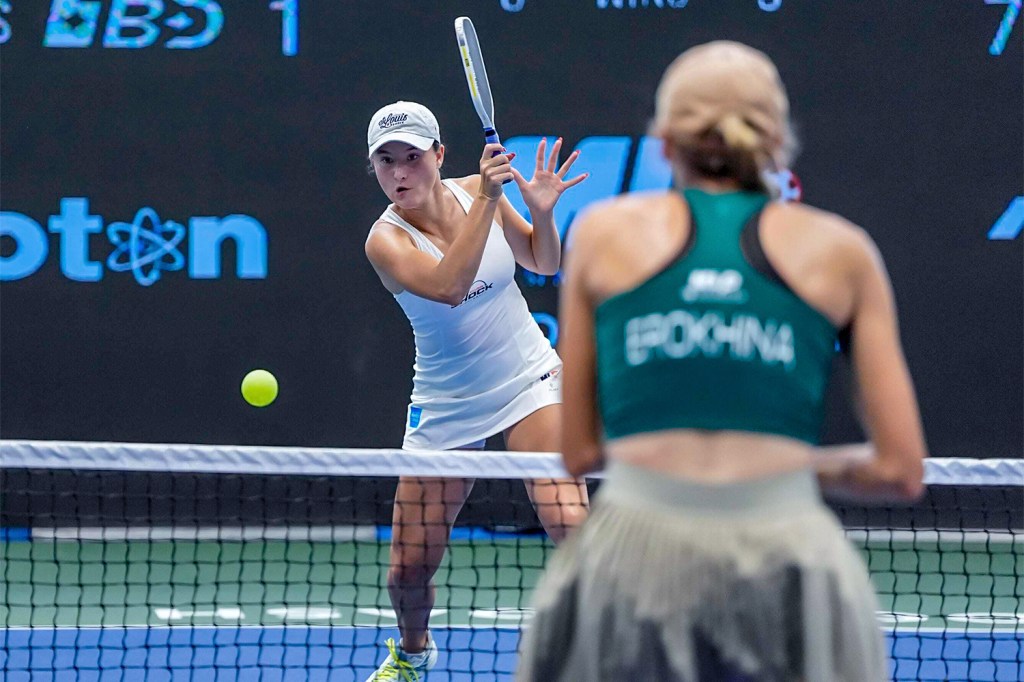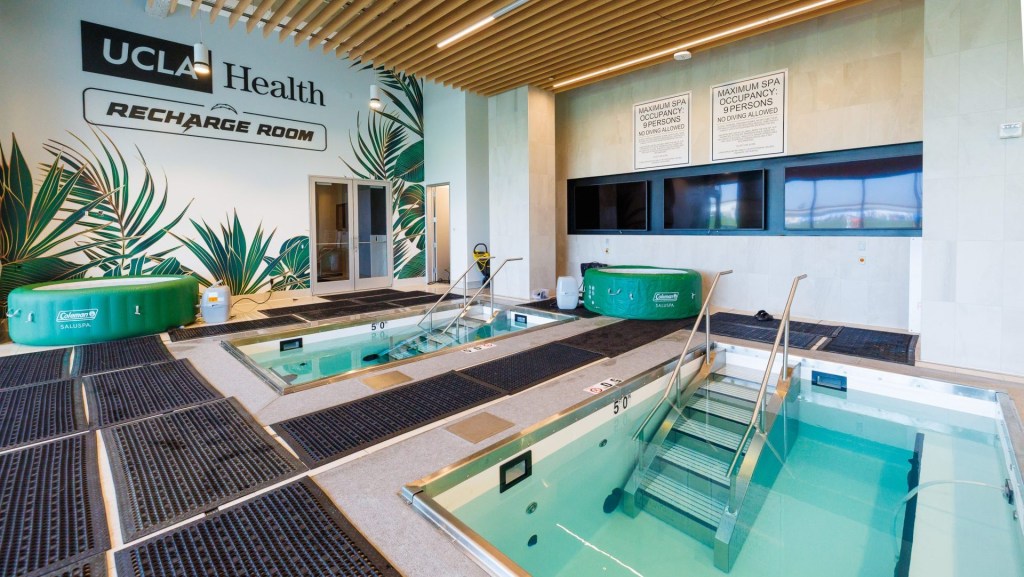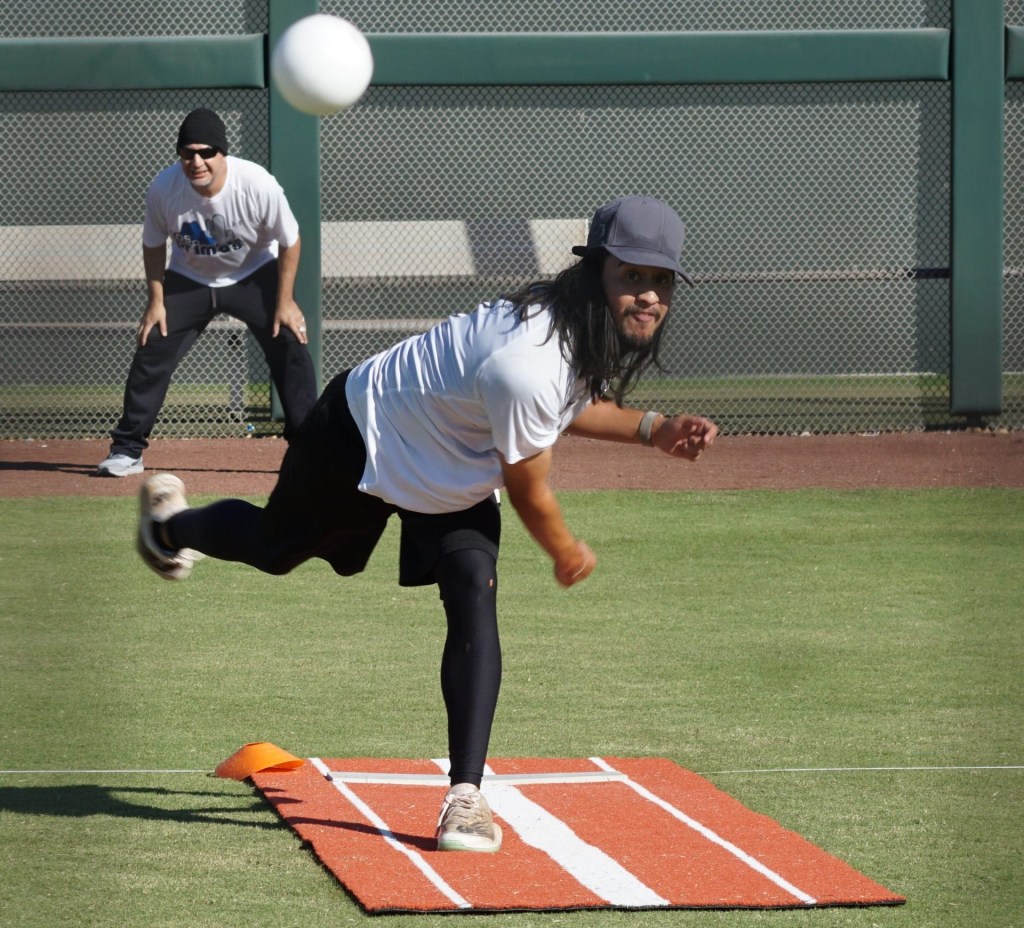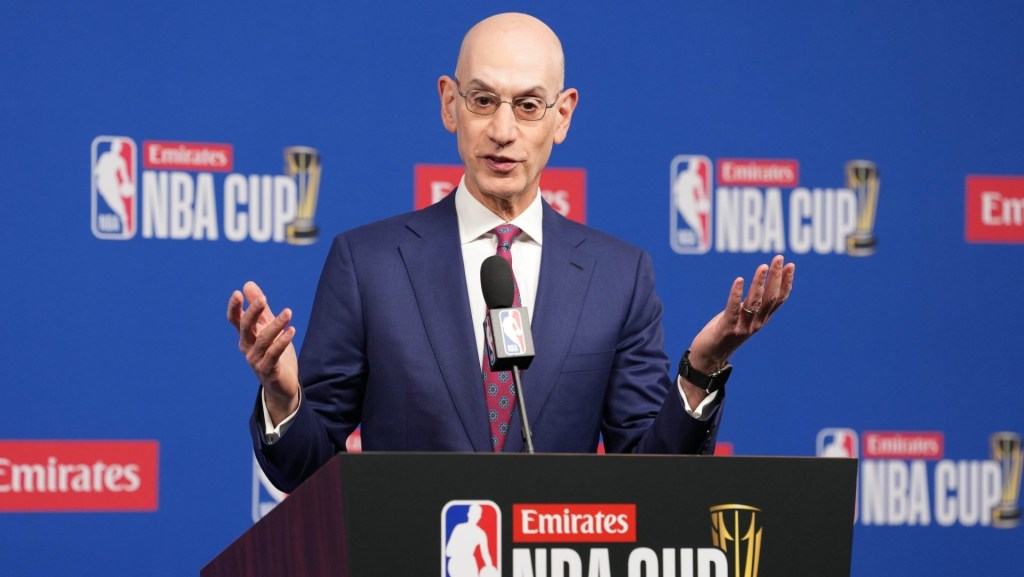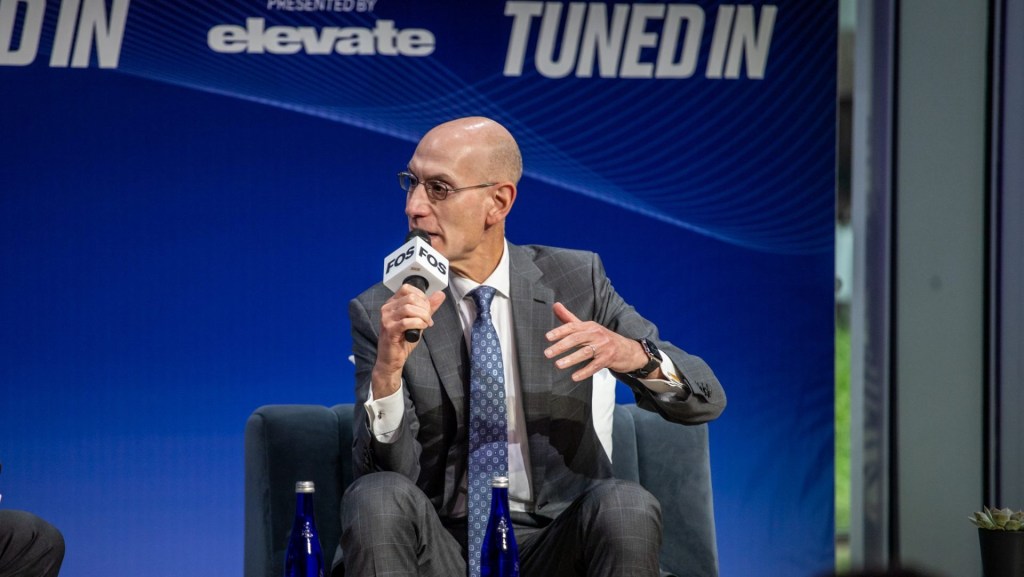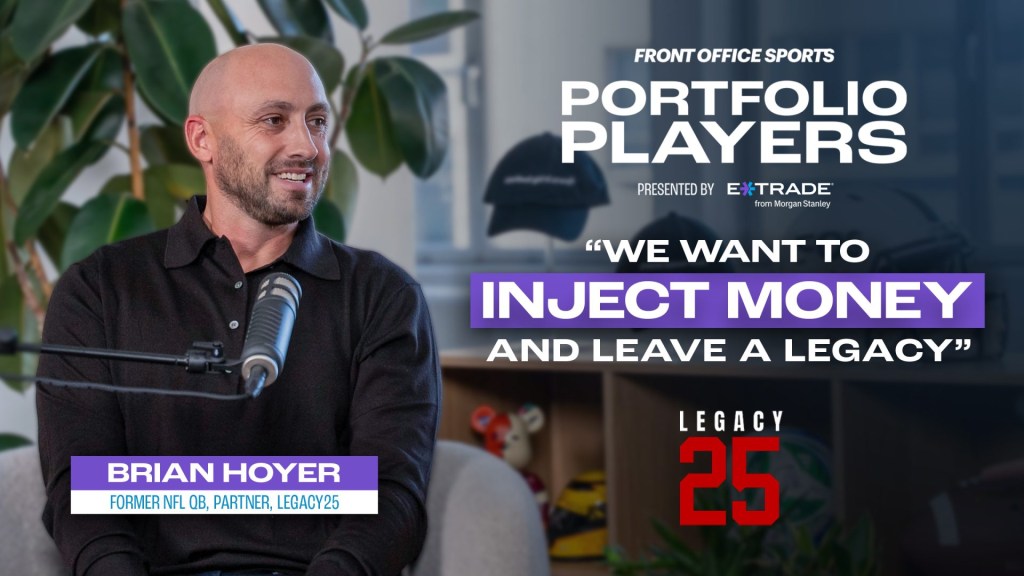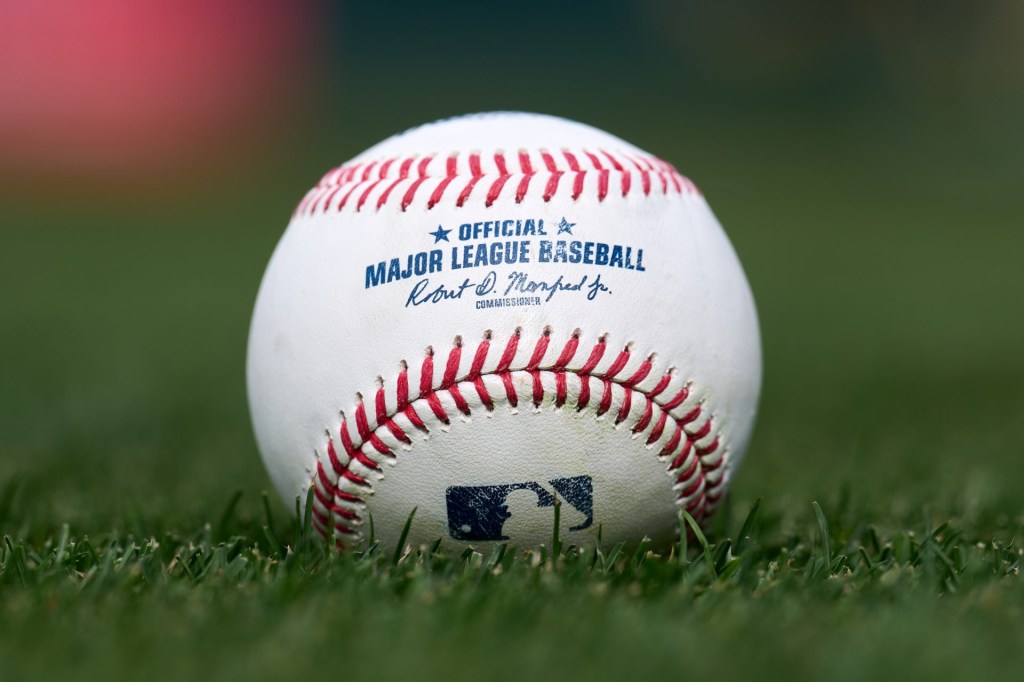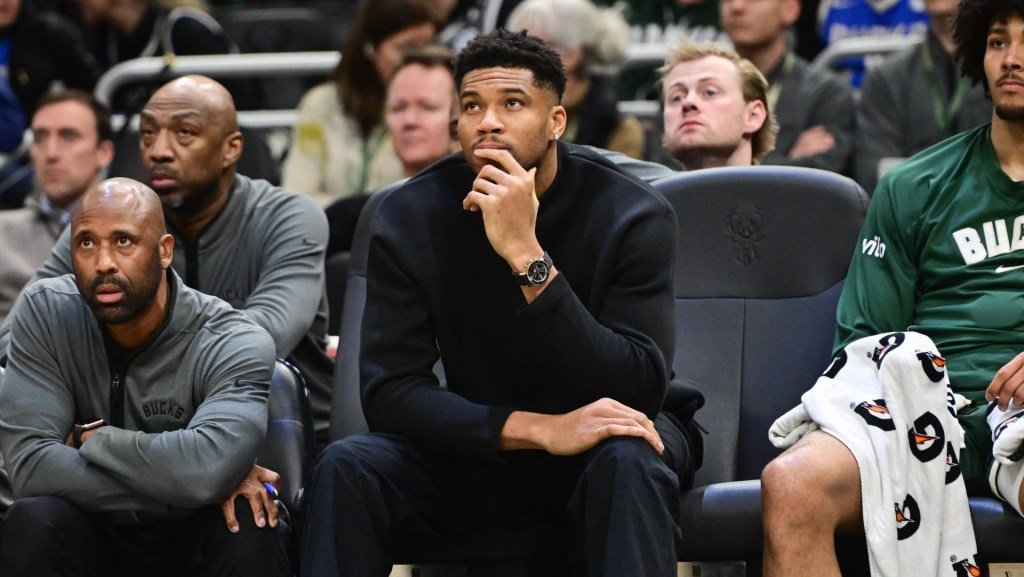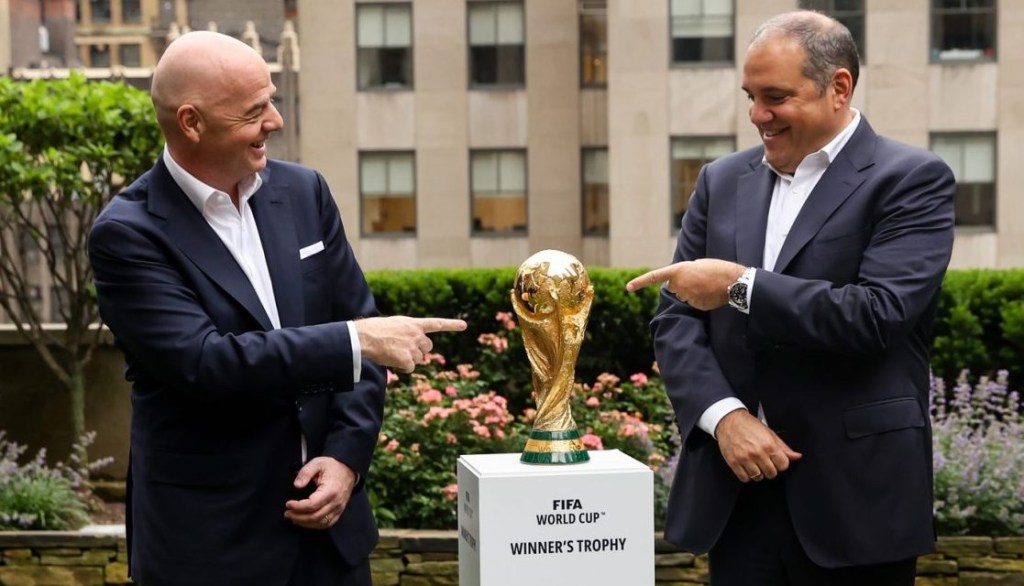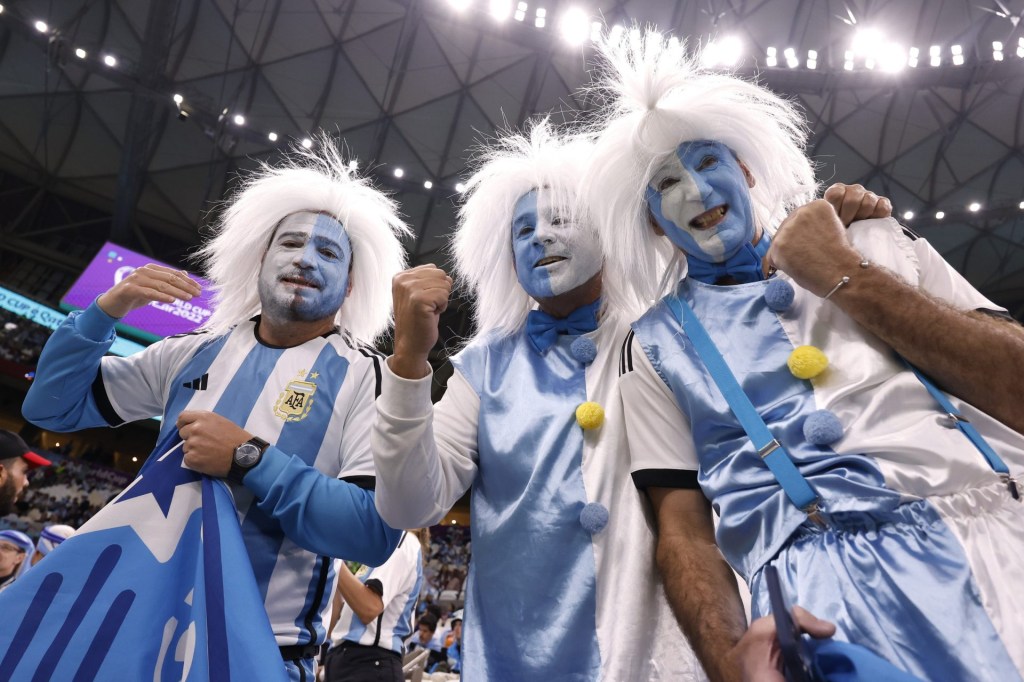MONTREAL — Inside the Bell Centre ahead of the U.S.–Canada matchup in 4 Nations Face-Off, a wall of fans in red maple-leaf jerseys chanted Sidney Crosby’s name, booed every Auston Matthews possession, and kept up the noise during the “Star Spangled Banner.” At puck drop, Team USA’s Matthew and Brady Tkachuk threw off the gloves with Canada’s Brandon Hagel and Sam Bennett, and J.T. Miller put up fists with Colton Parayko. It’s nine seconds—which were coordinated in a group text, the Tkachuks said postgame—that’ll be replayed for decades to come.
Team USA quieted Canada with a 3–1 win in the hostile building, but 4 Nations Face-Off has delivered, even for the fans on the wrong side of the scoreline. It’s also been everything the players have wanted for years.
The NHL’s brand-new international best-on-best tournament—the league’s first involvement in global competition since the 2016 World Cup of Hockey—was a scramble to put together. After only a few months of tossing around the idea of replacing the 2025 All-Star Game with international competition, the NHL had a roughly 12-month window to put together the event. Format, venues, staffing, media partnerships, and more came together at a breakneck pace.
“For an event of this magnitude, it’s not a whole lot of time,” Rob Zepp, the NHL Players’ Association’s senior director of international strategy and growth, tells Front Office Sports. “It’s been all hands on deck.”
The short-lead planning for 4 Nations Face-Off, which will be a one-off event, has already paid dividends in hype, ratings, and on-ice action. But the NHL is playing the long game. Both the league and the NHLPA have made clear 4 Nations Face-Off is just the start.
As NHL commissioner Gary Bettman said in January, it’s “an appetizer” for a loaded slate of competitive play to come on the global stage. “We’re using it as a primer, for lack of a better term, for what will be a much bigger event—and obviously a bigger kind of economic impact event,” NHL deputy commissioner Bill Daly tells FOS.
![Feb 15, 2025; Montreal, Quebec, CAN; [Imagn Images direct customers only] Team Canada forward Sidney Crosby (87) prepares for a face-off against Team United States in the first period during a 4 Nations Face-Off ice hockey game at the Bell Centre.](https://frontofficesports.com/wp-content/uploads/2025/02/USATSI_25429595_168416385_lowres-e1739675203535.jpg?quality=100&w=1024)
There’s always the impetus to grow the game in the primary North American markets, particularly the U.S., where there’s significant opportunity in untraditional areas, including the South. But the NHL and NHLPA also have their sights set on international expansion: bigger audiences, bigger media deals, bigger sponsorships, bigger opportunities for athletes. 4 Nations Face-Off itself is being broadcast in more than 200 countries and territories, but the focus is well beyond the play in Montréal and Boston, which will host the event’s second half.
This tournament’s action is just a preview of the larger, emphatic return to international competition with the 2026 Olympics in Milan and Cortina, which are only a year out and already drawing anticipation. A massive moment for pro hockey has emerged: For the first time in 12 years since Team Canada’s 2014 gold medal in Sochi, NHL players will be permitted to compete for their countries in the games. The opportunity is enormous for exposure, especially in European markets primed for expansion.
“I can’t tell you how many of my friends that are just casual sports fans—maybe not necessarily hockey fans—all know who T.J. Oshie is. And they know who T.J. Oshie is because of the shootout heroics in Sochi,” says Emily Kaplan, national hockey reporter and NHL reporter at ESPN. “It’s so important for NHL players to be at the Olympics, because it’s a really great showcase for our sport.”
On Wednesday, Bettman and NHLPA executive director Marty Walsh also announced the return of the World Cup of Hockey in February 2028 with at least eight teams—planting a flag in consistent international competition. The event has been played only in 1996, 2004, and 2016, and the NHL has been gearing up for its reintroduction, which creates a biannual best-on-best calendar rotating between the Olympics and World Cup.
“It will be a cornerstone piece to a far more broad international strategy,” says Zepp. “There are specific markets that you are hoping to really make a splash in with [4 Nations Face-Off], and then going forward with the Olympics and World Cup lineup.”
For as much as the league is throwing its weight around, the players themselves have catalyzed the movement onto a bigger world stage just as much. Player desire within the NHLPA has been immensely strong, and it has only grown throughout the past several years, Zepp tells FOS. “There’s a collective desire from players to not only represent their countries, but also to grow the sport outside of North America.”
“The players have wanted to get back to that for so long,” Team USA’s Adam Fox, a New York Rangers defenseman, tells FOS. “There’s not much bigger of an honor.”
Kaplan also points to stars including Connor McDavid and Matthews, who have been “lobbying behind the scenes.” McDavid, Team Canada’s alternate captain, tells FOS, “You want to see the sport played at the highest level, and you can only get that next level with playing against the best players.”
The league has been listening, Kaplan adds. “The NHL is saying, ‘O.K., we’re listening to our players. We’re celebrating our players’ wants and needs and know that if we put them on this stage, we’re going to get the best out of them.’”
![Feb 15, 2025; Montreal, Quebec, CAN; [Imagn Images direct customers only] Team Sweden defenseman Rasmus Dahlin (26) scores a goal against Team Finland goalie Kevin Lankinen (32) in the second period during a 4 Nations Face-Off ice hockey game at the Bell Centre](https://frontofficesports.com/wp-content/uploads/2025/02/USATSI_25425082_168416385_lowres-e1739675244699.jpg?quality=100&w=1024)
According to both the NHL and NHLPA, 4 Nations Face-Off has been collaborative, and every stakeholder—leagues, players, even networks—is looking for clues from the event to strategize next steps.
“We’re all thinking about, ‘How can we take this sport and grow it in a meaningful way beyond Canada and the United States?’” says Zepp. “And from a player perspective, ‘How can we utilize all these moments and opportunities and platforms to build familiarity and shine a light on the players who bring the product to life and help them grow their platforms, both as an individual but also as a collective?’”
As international competition settles into a regular cadence, one thing the NHL will have to wrestle with is Russia’s participation due to the ongoing conflict with Ukraine. Russia, notably excluded from 4 Nations Face-Off and banned from International Ice Hockey Federation events through 2026 alongside Belarus, will be a moving target for upcoming international competition. Zepp says inside the NHLPA, Russian players are pushing for inclusion, and the league is hearing them out.
In the immediate, the NHL is getting what it wants out of its warmup event in Montréal. With three games still to go—and Team USA’s ticket punched to the championship game—4 Nations Face-Off has already delivered two overtime thrillers, including in the bitter rivalry game between Sweden and Finland, which preceded the U.S.-Canada game that proved a storybook setup for the next chapter.
This is an absolute game charger for the future of pro hockey. Talk about growing the game… no other sport could manufacture this mid-season. This sports and these players are so special. Well done @NHLPA
— Alex Goligoski (@gollygoose33) February 16, 2025
“When you’re both pulling and sweating in the same direction, that’s immensely helpful,” Zepp says of the NHLPA’s relationship with the league. “And the fact that our membership is approximately a third from outside of North America, it presents us with a really unique opportunity where you have kind of built-in figures, influencers, celebrity heroes in some of these nations that you know we see as being an opportunity for the business moving forward.”
While the 4 Nations Face-Off action, however electric, may end up as a footnote of the league’s push into international markets, it’s still “coming at a great time,” says Kaplan. “In hockey, we’re seeing a culture shift, especially with this younger generation—they’re warming up for it. The league is seeing so much growth and so much excitement, and I think we can capitalize on it.”
![Feb 15, 2025; Montreal, Quebec, CAN; [Imagn Images direct customers only] Team United States forward Matthew Tkachuk (19) and Team Canada forward brandon Hagel (38) fight in the first period during a 4 Nations Face-Off ice hockey game at the Bell Centre.](https://frontofficesports.com/wp-content/uploads/2025/02/USATSI_25429594_168416385_lowres-e1739674194139.jpg?quality=100)
